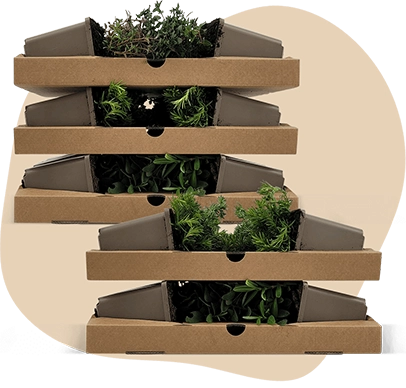Description
Cedrus deodara | Deodar cedar
The Cedrus deodara, commonly known as the Deodar cedar, is a majestic evergreen tree with an upright growth habit. This tree can reach impressive heights, often growing up to 20 metres tall, making it a striking feature in any garden. The Deodar cedar is known for its graceful, drooping branches and its distinctive blue-green needles, which are both aromatic and visually appealing. The foliage is soft to the touch and remains vibrant throughout the year, as the tree is evergreen. Additionally, the Deodar cedar produces cones, adding to its ornamental value. This tree is relatively low-maintenance, making it a popular choice for gardeners looking for a stunning yet easy-to-care-for plant.
Key Plant Characteristics of Cedrus deodara
- Cedrus deodara does not produce flowers, making it unique among garden plants.
- Prefers a sunny or partially shaded location for optimal growth.
- Thrives in well-drained, good garden soil, ensuring the ground is airy enough for root expansion.
- The bark of Cedrus deodara is dark and rugged, with gracefully hanging branches.
Application of the Cedrus deodara in the Garden
- The Cedrus deodara is often used as a striking solitary plant in gardens, thanks to its elegant, drooping branches and blue-green needles.
- This plant is winter-hardy, tolerating temperatures down to -12.2°C, making it suitable for USDA zone 8.
- It combines well with other shrubs and perennials that thrive in sunny or partially shaded areas.
- The greatest ornamental value of Cedrus deodara lies in its upright growth habit and aromatic resin, which adds a unique touch to any garden.





















